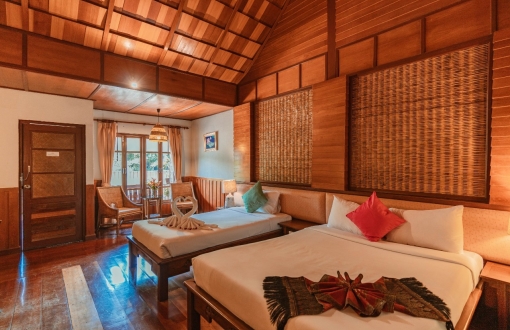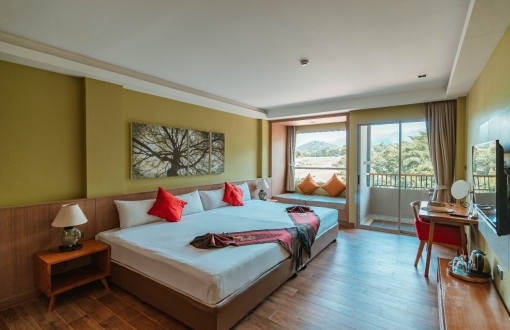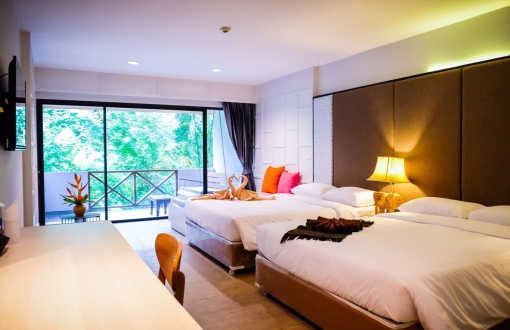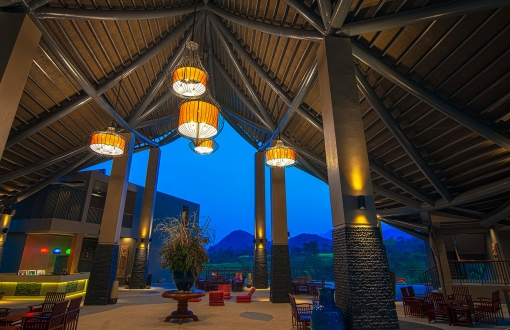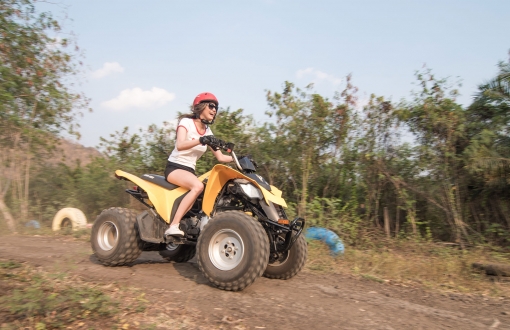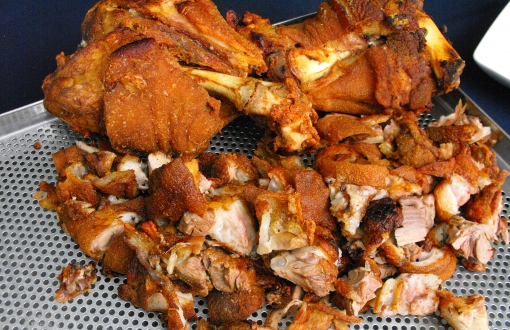The River Kwai, more correctly ‘Khwae Noi’ (Thai: แควน้อย, English small tributary) or Khwae Sai Yok (แควไทรโยค), is a river in western Thailand, near, but not over the border with Myanmar. It begins at the confluence of Ranti, Songkalia and Bikhli Rivers. At Kanchanaburi it merges with the Khwae Yai River to form the Mae Klong river, which empties into the Gulf of Thailand at Samut Songkhram.
The river is chiefly known from the Pierre Boulle novel and David Lean film The Bridge on the River Kwai, in which Australian, Dutch and British prisoners of war were forced by the Japanese to construct two parallel bridges spanning the river as part of the Burma Railway, also called the Death Railway, for the many lives lost in its construction. One bridge was wooden and temporary. The other was made of concrete and steel and still exists. The bridges actually spanned the Mae Klong, but as the railway subsequently follows the Khwae Noi Valley, the bridges became famous under the wrong name. In the 1960s, the upper part of the Mae Klong was renamed the Khwae Yai (big tributary”).
A military history of the building of the bridges during World War II can be found in Professor Peter Davies’s biography of the British officer Philip Toosey, “The Man Behind the Bridge: Colonel Toosey and the River Kwai”. The book, and an associated BBC Time watch documentary, challenge many of the inaccuracies portrayed in Boulle’s novel and Lean’s film.
River Kwai Noi also runs through a national park, Saiyok National Park. The park’s area is approximately 500 square kilometers. Its landscape and scenery are arguably the most beautiful places in Thailand where once the famous Death Railway passed though Sai Yok Noi. The park’s major attractions are its waterfalls, including Sai Yok Yai waterfall which flows into the Khwae Noi river (River Kwai Noi).


